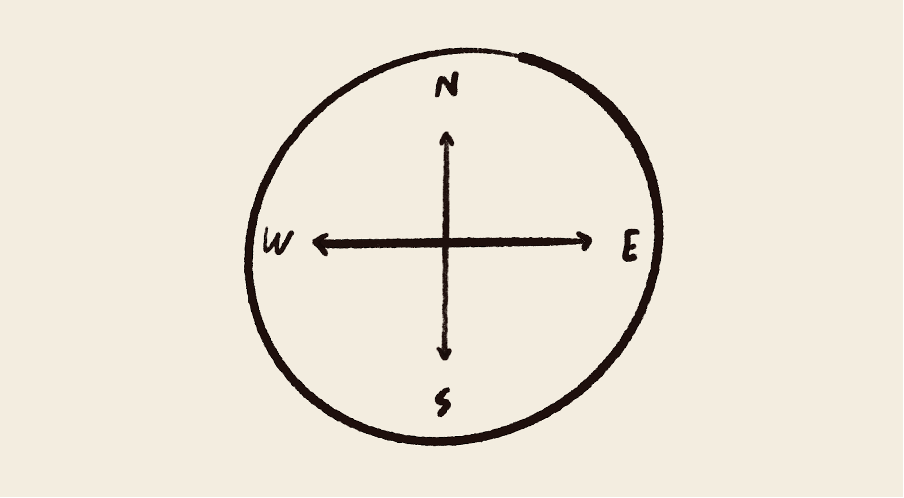10 Principles Of Good Design
“Less, but better.”
What constitutes good design?
It’s a question worth considering, given every object you own, from your toothbrush to your car, is designed.
And who better to ask than one of the best designers of all time, Dieter Rams?
Rams was born on 20th May 1932, in Wiesbaden, Germany.
After graduating from the Wiesbaden School of Art in 1953, he began working for a Frankfurt-based architect.
Two years later, he found himself working at the German consumer electronics giant Braun as an architect and interior designer.
By 1961, he was their chief design officer and held this position for more than 30 years.
He’s most well known for his timeless designs for Braun and the 606 Universal Shelving System he designed in 1960 for the furniture maker Vitsoe.
Jony Ive, who led the design team at Apple from 1997 until 2019, credits him with being a major influence on his work.
You can see the design aesthetic of Rams' T3 radio (released in 1958) in the Apple iPod design in the image below.
Dieter Rams’ design for the Braun T3 portable radio vs. Apple iPod
Clearly, even the best designers need to draw their inspiration from somewhere.
Luckily for us, the German design meister put forward the following ten principles for good design:
1. Good design is innovative
The possibilities for innovation are not, by any means, exhausted. Technological development is always offering new opportunities for innovative design. But innovative design always develops in tandem with innovative technology and can never be an end in itself.
2. Good design makes a product useful
A product is bought to be used. It has to satisfy certain criteria, not only functional, but also psychological and aesthetic. Good design emphasises the usefulness of a product whilst disregarding anything that could possibly detract from it.
3. Good design is aesthetic
The aesthetic quality of a product is integral to its usefulness because the products we use every day affect our person and our well-being. But only well-executed objects can be beautiful.
4. Good design makes a product understandable
It clarifies the product's structure. Better still, it can make the product talk. At best, it is self-explanatory.
5. Good design is unobtrusive
Products fulfilling a purpose are like tools. They are neither decorative objects nor works of art. Their design should therefore be both neutral and restrained to leave room for the user's self-expression.
6. Good design is honest
It does not make a product more innovative, powerful or valuable than it really is. It does not attempt to manipulate the consumer with promises that cannot be kept.
7. Good design is long-lasting
It avoids being fashionable and, therefore, never appears antiquated. Unlike fashionable design, it lasts many years - even in today's throwaway society.
8. Good design is thorough down to the last detail
Nothing must be arbitrary or left to chance. Care and accuracy in the design process show respect toward the consumer.
9. Good design is environmentally friendly
Design makes an important contribution to the preservation of the environment. It conserves resources and minimises physical and visual pollution throughout the lifecycle of the product.
10. Good design is as little design as possible
Less, but better - because it concentrates on the essential aspects, and the products are not burdened with non-essentials. Back to purity, back to simplicity.
If you’re interested in learning more about design, why not register for our upcoming course, ‘Human Centered Design’, made in collaboration with Parsons School of Design.
For more than a century, Parsons has been a leading provider of design education to students from all over the world. Located in the heart of New York’s Greenwich Village, this famous institution is ranked the no.1 design school in the U.S. and a top-ranked school globally.







